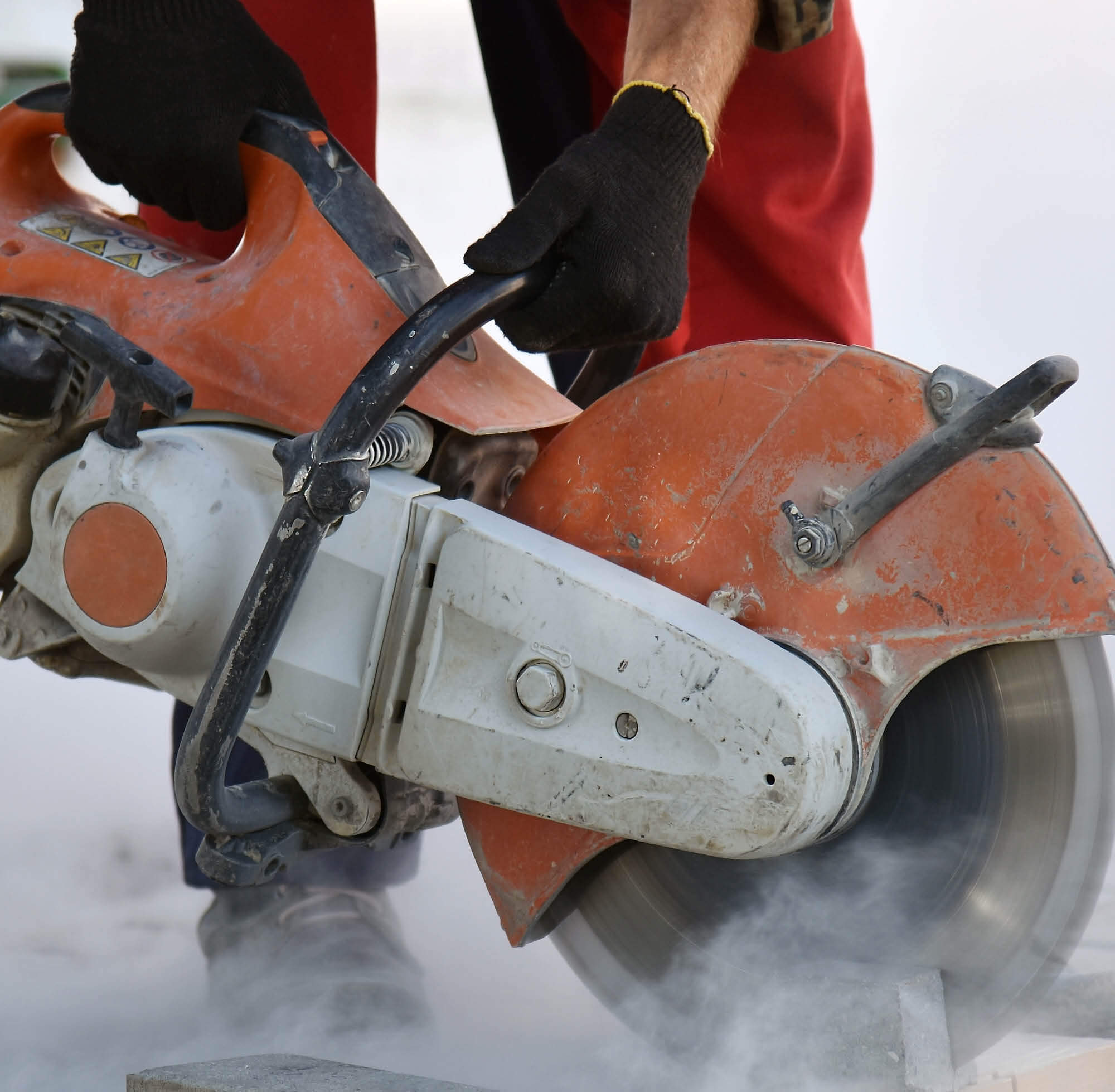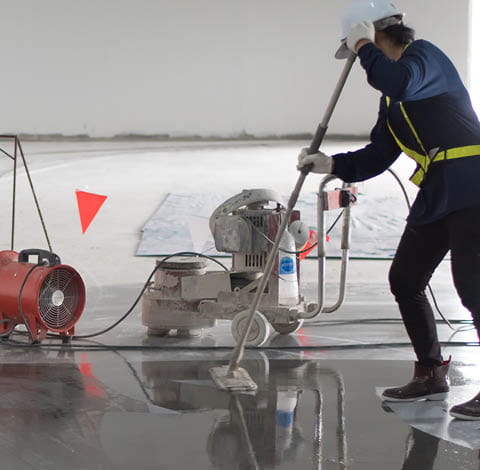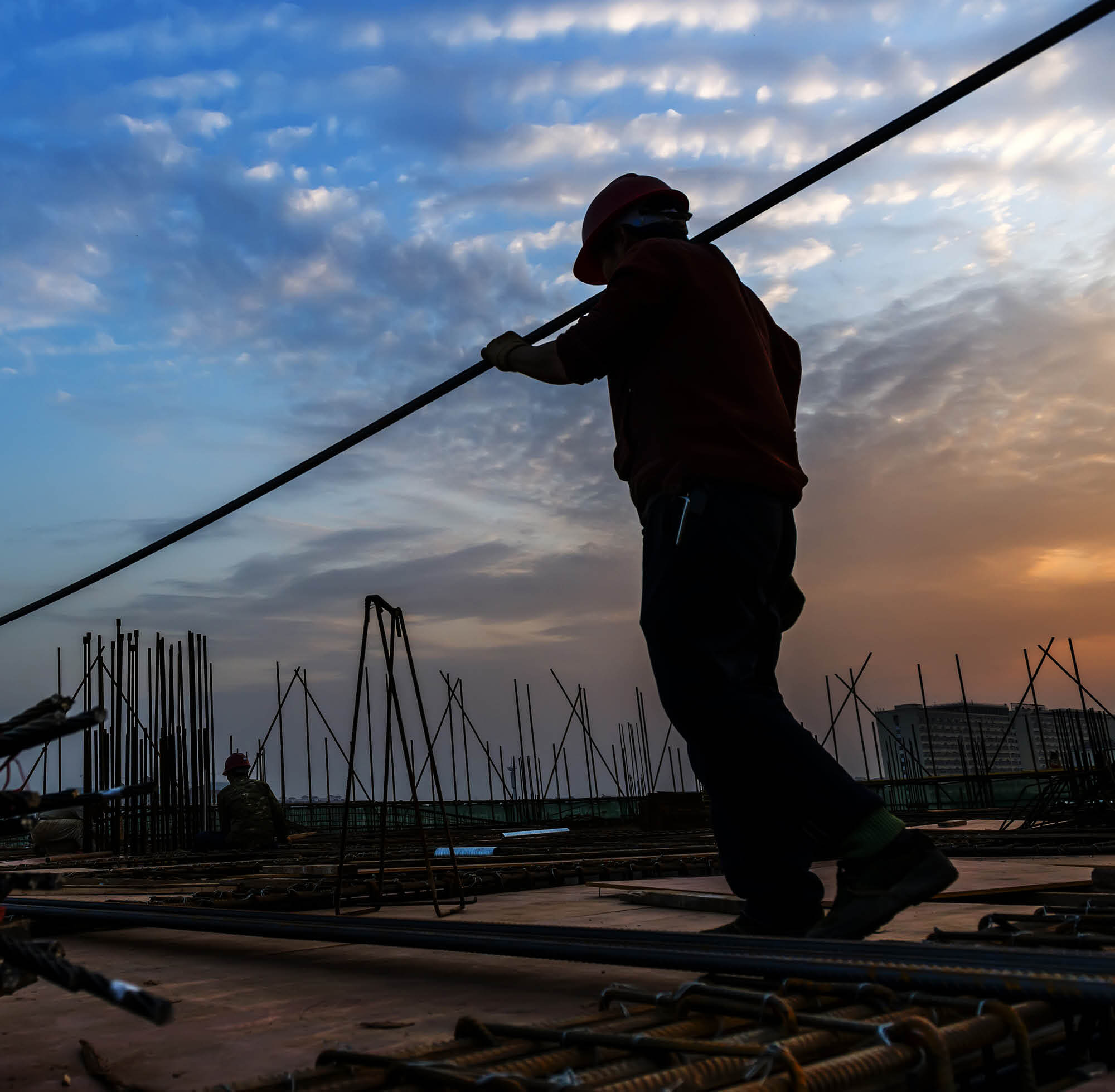Our role as a manufacturer is to not only make quality products that are healthier to work with, but to also provide access to safety education and alternative installation techniques to help lower the staggering injury and ailment statistics associated within our industry. We care about our industry, and we care about you.
Construction is a physically demanding occupation, but a vital part of our nation and economy. This workforce handles tasks that range from carrying heavy loads to performing repetitive tasks to safely navigating often chaotic jobsites, placing them at risk of serious injury. Because of the physically demanding nature of this work, injuries such as strains, sprains, breathing issues and work-related musculoskeletal disorders are so prevalent and are the most common injuries resulting in days away from work.
We’re here to help you! We’ve pulled together the top sources of health and safety information specifically for the construction industry. This will help increase your awareness and provide education about potential issues that can affect you. This data offers practical ideas to help reduce the risk of repetitive stress injury in common construction tasks. While some solutions may need the involvement of the building owner or general contractor, there are also many ideas that individual workers and supervisors can adopt.
Project Safety is evolving. We'll be developing additional information and resources on the safety challenges below — please be sure to check back regularly.

Respirable Crystalline Silica
Respirable crystalline silica are very small particles at least 100 times smaller than ordinary beach or playground sand. They are created when cutting, sawing, grinding, drilling, and crushing stone, rock, concrete, brick, block, and mortar. Breathing this dust can cause silicosis, which in severe cases can be disabling, or even fatal. The respirable silica dust enters the lungs and causes scar tissue to form, thus reducing the lung’s ability to take in oxygen.

Volatile Organic Compounds (VOCs)
Volatile organic compounds (VOCs) are emitted as gases from certain solids or liquids. VOCs include a variety of chemicals, some of which may have short and long-term adverse health effects. Concentrations of many VOCs are consistently higher indoors (up to ten times higher) than outdoors. Breathing VOCs can irritate the eyes, nose and throat. It can also cause difficulty breathing, nausea, and central nervous system and organ damage. Proper protection should always be worn.

Back Safety
Back injuries are more prevalent among construction workers than employees in all other industries combined. By nature, construction work involves physical labor that can easily result in back problems from repeated motions such as lifting, pushing, pulling and bending. Safe lifting practices and load-carrying techniques are crucial to preventing painful and chronic back injuries in the workplace.

Knee Safety
Protecting your knees is vital for career longevity in construction. The knee is especially vulnerable to injury due to its complexity. Not only does it bend and straighten, it allows twisting and rotating movements, all while supporting the majority of the body's weight. Concrete floor finishing and tile and stone installations require considerable bending and kneeling that put a lot of stress on the knees. Therefore it is crucial to train workers on how they can help maintain healthy knees.

Eye Safety
Construction has a much higher rate of eye injuries than any other industry. Flying particles are common in many tasks on the job site; from sawing, drilling, chipping, blasting, even blowing dirt and dust. Chemical and concrete splashes also pose risks. Eye protection is necessary to avoid injury or permanent vision loss.

Hand Safety
Construction workers rely heavily on their hands. Every year, as many as one million workers in the United States are faced with serious hand injuries. Learn about what gloves are best for the task, keep hands free of grease or oil and choose the right tools for the job that promotes productivity and prevents hand, wrist and strain injuries.
Project Safety™ Resources
This website and the accompanying articles are made available only for educational purposes and to supply general information. It is not intended to provide medical advice to your medical questions or individual circumstances. The reference materials and content listed here were current with the laws and regulations at the time of the last expert review, however, they may not reflect the most current legal developments. Nothing herein, or in the course materials, shall be construed as professional advice as to any situation with respect to compliance with legal statutes or requirements.

